Lower back pain is a prevalent issue, affecting more than 80% of individuals at some stage, making it the leading cause of job-related disability in the United States.
Various factors can contribute to lower back pain, including sprains from activities like yard work or cleaning, old sports injuries, or chronic conditions like arthritis or ankylosing spondylitis.
It’’s crucial to seek medical attention if you experience sudden or severe back pain, or if the pain persists despite trying home remedies. While medical intervention can provide relief, you can pair it with these simple steps to alleviate lower back pain.
- Calm Your Mind
Take steps to calm your mind, as research indicates that your psychological state can significantly impact your likelihood of experiencing low back pain, often more so than clinical assessments such as MRIs or disk injections.
Individuals who struggle with chronic pain or have difficulty managing life’s stressors are nearly three times more likely to develop back pain compared to those who do not face these challenges.
Therefore, if you frequently experience anxiety or tend to anticipate negative outcomes in various situations, you may be at a higher risk of experiencing back pain.
Engaging in psychological therapies such as mindfulness-based stress reduction (MBSR) can be beneficial in alleviating symptoms of low back pain. MBSR teaches individuals to disregard negative thought patterns and instead focus on their breathing, promoting a sense of calm and relaxation.
Consider seeking resources online for guidance on how to incorporate these techniques into your daily routine, such as this article on how to relieve stress.
- Try Massage Therapy
Consider trying manipulation or massage therapy for relief from lower back pain. Manipulation involves techniques used by physical therapists or chiropractors to move your spine through its full range of motion.
Research suggests that if you’ve been experiencing back pain for more than a month, manipulation can be a safe and effective treatment option. However, it may require several sessions to experience significant improvement.
Massage therapy is another option that may provide relief from lower back pain. A study found that individuals who received either structural massage, which targets issues with muscles or the skeleton, or relaxation massage, which focuses on promoting relaxation through stroking and kneading motions, experienced improved symptoms after 10 weeks.
They reported greater ease in performing daily activities and reduced reliance on pain medication compared to those who received standard care alone.
If you’re interested in trying manipulation or massage therapy, it’s important to consult with your doctor to find a qualified health professional or massage therapist. They can provide guidance on the best approach for your specific condition and help you access appropriate care.
- Talk to Your Doctor About Supplements
Inquire about supplements with your doctor to determine if they could be beneficial for addressing your back pain. While obtaining essential vitamins and minerals from food sources is ideal, supplements may be necessary in some cases.
For instance, vitamin D deficiency is common and can impact bone health, potentially contributing to back pain, especially in cases of inadequate sunlight exposure or poor absorption of vitamin D from dietary sources.
Additionally, insufficient magnesium levels may result in muscle weakness and cramps, exacerbating back discomfort.
Before incorporating any supplements into your routine, it’s essential to consult with your doctor to ensure they are appropriate for your individual needs and health status.
- Try Over-the-Counter Medication
Consider using over-the-counter (OTC) medications to alleviate your symptoms. Nonprescription pain relievers can effectively address muscle aches and stiffness associated with back pain.
There are two main types of OTC options available: nonsteroidal anti-inflammatory drugs (NSAIDs) and acetaminophen. NSAIDs encompass medications such as aspirin, ibuprofen, and naproxen.
NSAIDs are aptly named as they work to reduce inflammation, which can contribute to swelling and tenderness in the affected area. On the other hand, acetaminophen does not possess anti-inflammatory properties.
However, both types of pain relievers can be utilized for managing occasional back pain.
- Quit Smoking
Quitting smoking is essential for maintaining a healthy spine and reducing the risk of spine problems like degenerative disk disease. Research indicates that smokers are four times more likely than nonsmokers to develop spine issues.
Nicotine, present in cigarettes and other tobacco products, can weaken the spinal bones and deprive the spongy disks of vital nutrients. These disks serve as cushions between the vertebrae, contributing to spine flexibility and preventing muscle stiffness and soreness.
By quitting smoking, you can protect the health of your spine and promote overall well-being.
- Try Medicated Creams
Consider using medicated creams, salves, ointments, or patches to alleviate stiffness, soreness, and tension in your back. These topical treatments can provide relief by delivering ingredients such as menthol, camphor, or lidocaine directly to the affected area, producing cooling, heating, or numbing sensations.
Apply the cream directly to the area of discomfort, ensuring thorough coverage. If you have difficulty reaching the affected spot, consider asking someone for assistance with application.
- Try Applying Ice or Heat
Applying ice and heat can help alleviate lower back pain. While the evidence supporting the effectiveness of ice is limited, some individuals find it beneficial.
To determine if ice works for you, apply it to your lower back at least three times a day: in the morning, after work or school, and before bedtime. Wrap the ice or cold pack in a towel to prevent skin damage, and limit each application to 15-20 minutes.
Heat, on the other hand, is known to provide relief for low back pain. Moist heat, such as baths, showers, or hot packs, tends to be more effective.
However, you can also try an electric heating pad. Apply it to the sore area for 15 to 20 minutes at a time, and use a timer to avoid falling asleep with it on. Always set the heating pad on low or medium to prevent burns, and never use it on high heat.
- See a Physical Therapist
Consider seeking the expertise of a physical therapist, especially if you’ve been experiencing lower back pain for more than 4-6 weeks. Physical therapists employ various techniques such as electrical stimulation, ultrasound, heat therapy, and muscle relaxation to improve mobility and flexibility.
Additionally, they can provide personalized exercises to strengthen your core muscles and improve posture, which can prevent the recurrence of symptoms. Collaborating with a physical therapist can be instrumental in managing and alleviating lower back pain effectively.
- Keep Moving
Keep moving and maintain your stretching routine, even if you’re hesitant to return to exercise after experiencing chronic back pain. While it’s natural to be cautious and avoid activities that might exacerbate discomfort, staying active is crucial for improving your condition.
Regular exercise helps keep your muscles strong, reducing the likelihood of spasms and promoting flexibility. Aim to maintain your usual level of daily activity, whether it’s a brisk 30-minute walk or engaging in activities like swimming, cycling, or low-impact aerobics at least three times a week.
Research indicates that individuals who remain physically active despite lower back pain tend to have greater flexibility compared to those who opt for prolonged bed rest. Incorporating exercises that both strengthen and stretch your body is particularly beneficial.
Focus on strengthening your abdominal core muscles, as they play a crucial role in supporting your back, but also make sure you perform lower back stretches. By enhancing strength and flexibility, you can alleviate existing pain and prevent future occurrences.
- Pay Attention to Your Posture
Maintaining good posture is essential for alleviating pressure on your lower back. Utilize tools like tape, straps, or stretchy bands to assist in keeping your spine properly aligned. Focus on keeping your head centered over your pelvis and avoid slouching your shoulders or jutting your chin forward.
If you spend long hours working at a desk, ensure that your arms are evenly rested on the table or desk, and position your eyes level with the top of the screen to reduce strain. Remember to take regular breaks from sitting by stretching and walking to prevent stiffness and promote circulation.
- Maintain a Healthy Weight
Maintaining a healthy weight is crucial for alleviating lower back pain, as excess weight can strain the muscles and structures in the back. If you’re carrying extra pounds, shedding them can lighten the load on your lower back and reduce discomfort.
Consider consulting your doctor for guidance on adopting a suitable diet and exercise plan tailored to your needs and health goals.
They can provide personalized recommendations to help you achieve and maintain a healthy weight, thereby reducing the strain on your lower back and promoting overall well-being.


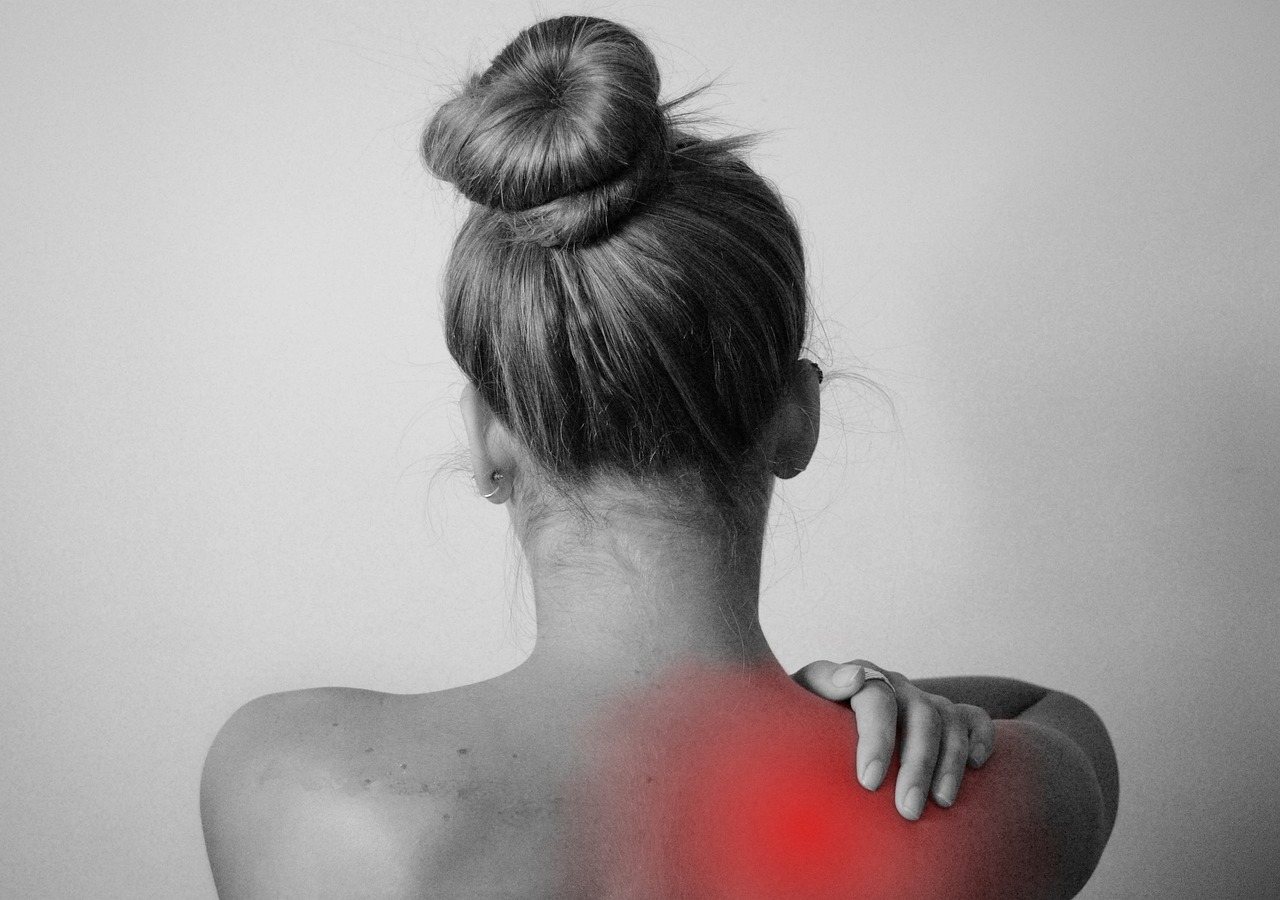
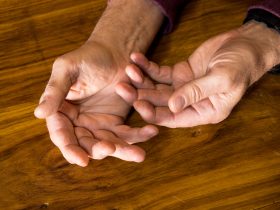








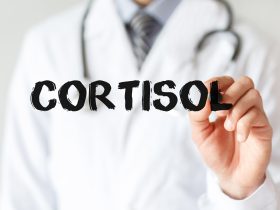
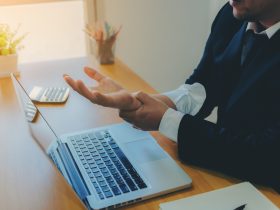
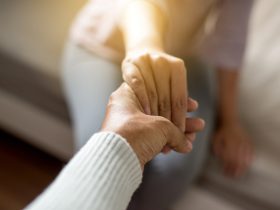
Find Us on Socials